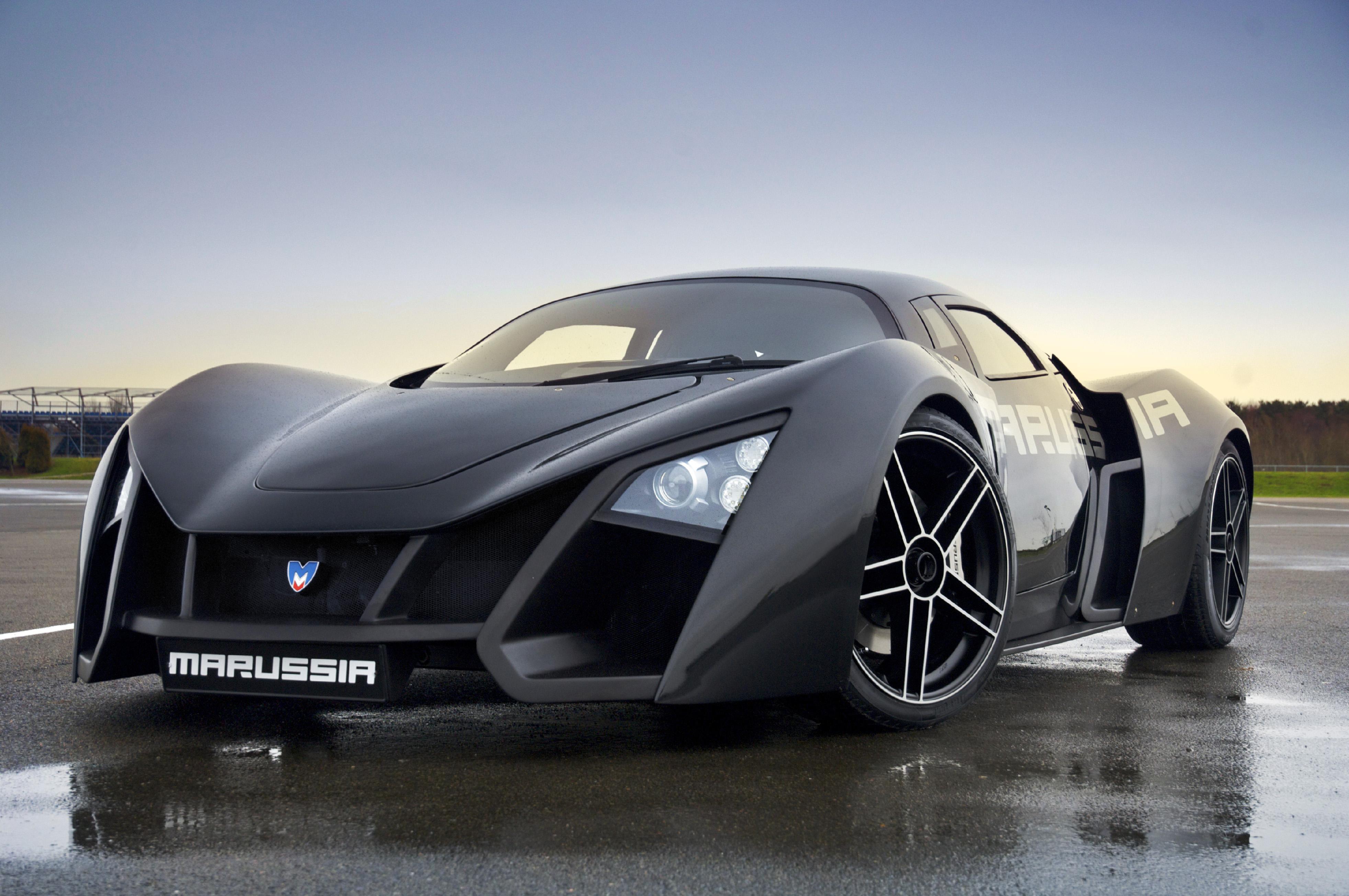Leasing vs

Leasing vs. Buying a Fresh Car
The choice inbetween buying and leasing has often been a raunchy call. On one arm, buying involves higher monthly costs, but you own something in the end. On the other, a lease has lower monthly payments, but you get into a cycle where you never stop paying for a vehicle. Now, more people are choosing a lease over a car loan than just a few years ago. And it looks like the boom in leasing isn’t stopping anytime soon.
A number of converging trends have switched the leasing landscape for the average consumer. For decades now, a large proportion of luxury cars have been leased. But that has switched, with more compact cars, mainstream sedans, and puny SUVs injecting the new-car lease market, as well. Attractive finance rates have made some leases pretty good deals.
Automakers benefit by leasing a big portion of a car’s production. Leases help keep used-car supplies constant, which in turn boosts resale values. A high resale value means a vehicle is slower to depreciate, which translates into cheaper leases for that model. That benefits consumers.
Furthermore, when customers come back their car at lease-end, it gets those customers into the dealership in person. This is where the dealer has the chance to stir them into a fresh car, which an off-lease customer needs pronto.
The low interest rates that have prevailed elsewhere for the past few years have carried over into lease contracts, which also helps moderate their cost. Interest rates are a critical part of the economics of leasing, because at the end of the day a lease is just another way to finance a car.
Another tactic for boosting a car’s resale value is reflected in the low mileage allowance in some fresh leases: Ten,000 miles per year instead of the customary 12,000 to 15,000 miles. That may be fine for people who don’t drive much, but the average driver will exceed that figure each year.
We also see a growing number of leases with terms of less than thirty six months, which is a mixed bliss. Sure, it looks good to someone who doesn’t want to be locked into a long contract. But a car’s very first two years usually make up the steepest part of the depreciation curve, making for an expensive lease period.
However, it’s becoming common in the car-loan market for people to spread out the loan for seven or eight years, simply to keep the monthly payment under control. Some of those people may be better off leasing.
How Loans and Leases Differ
Below are some of the major differences inbetween buying and leasing.